
Closing the door and turning on the air conditioner at 29 degrees is wrong
Closing the Door and Setting the Air Conditioner to 29°C: The Right Way to Use Your AC Without Wasting Electricity or Causing Harm
Air conditioners are essential for comfort during hot weather, but their energy consumption often leads to concerns about high electricity bills. Many people unknowingly use their air conditioners inefficiently, leading to unnecessary energy waste and increased costs. A common mistake is closing the door and setting the temperature too low, assuming that it will cool the room faster or provide a more comfortable environment. However, setting the air conditioner to extremely low temperatures, like 16-20°C, or closing doors and windows can be detrimental, both in terms of energy use and health. The ideal way to use an air conditioner effectively, without wasting electricity or causing harm to people, is by following a few simple yet essential guidelines.
Why 29°C is the Ideal Temperature
Most people believe that setting the air conditioner to the lowest temperature will provide quicker cooling. However, air conditioners do not work faster at lower temperatures; instead, they work harder, leading to greater energy consumption. In fact, setting the thermostat to 29°C (or around 25-26°C) is generally considered the most energy-efficient temperature while still maintaining comfort.
At this temperature, the air conditioner does not have to work overtime to cool the room, which prevents unnecessary energy consumption. Cooling the air to extreme levels demands more energy, and this also increases the strain on the air conditioner, leading to higher electricity bills and more wear and tear on the unit. Additionally, setting the temperature too low can cause discomfort and even health issues for people inside the room.
The Importance of Ventilation
While closing the door and windows might seem like an effective way to keep cool air inside, it can actually have the opposite effect. Air conditioners work most efficiently when there is adequate ventilation. If you close the door and seal the room, the air conditioner has to work harder to maintain the desired temperature because the room becomes a closed environment with limited air exchange. This causes the unit to consume more electricity.
On the other hand, leaving the door slightly open or ensuring that there are air vents allows for better airflow and reduces the load on the air conditioner. This also helps in maintaining a fresh and comfortable environment because stagnant air can lead to discomfort, stuffiness, and poor air quality. Therefore, it's important to balance the cooling effect with proper ventilation to ensure optimal performance and air quality.
The Risks of Overcooling and Closing the Door
While keeping the door closed and setting the air conditioner to a very low temperature may seem like an attempt to create a cooler and more controlled environment, this practice can be harmful. Extreme cold can lead to health risks such as:
-
Respiratory Issues: Overcooling can cause dry air, which may irritate the respiratory tract and lead to discomfort, allergies, or even respiratory illnesses. It is especially harmful to people with pre-existing conditions like asthma or bronchitis.
-
Temperature Shock: Moving from a very cold environment to a warm one or experiencing sudden temperature changes can cause strain on the body. This temperature shock can make individuals more vulnerable to colds, flu, or other health problems.
-
Discomfort: Extremely cold temperatures are often uncomfortable for many people. It can disrupt sleep, cause shivering, and result in a restless or unproductive atmosphere. This can affect mental and physical well-being, leading to fatigue and a lack of focus.
The Right Way to Use Your Air Conditioner
To ensure that you're using your air conditioner in the most efficient and comfortable way possible, follow these steps:
-
Set the Temperature to 29°C: This temperature is considered optimal for both comfort and energy efficiency. It is cool enough to provide relief from the heat but not so cold that it wastes electricity or causes discomfort.
-
Ensure Proper Ventilation: Do not seal the room completely by closing all doors and windows. Allow for some airflow to ensure that the air conditioner can operate efficiently and the room does not become stuffy. If you have windows or vents, open them slightly to balance the cooling effect.
-
Use Fans for Better Air Circulation: Ceiling fans or portable fans can help circulate cool air more effectively, allowing you to set the air conditioner at a slightly higher temperature while still maintaining comfort. This also prevents the air from becoming stagnant.
-
Close Curtains or Blinds: Sunlight can significantly increase the temperature inside your home. To keep the room cool, close curtains or blinds during the hottest parts of the day, especially if your windows face direct sunlight. This will reduce the amount of heat entering the room, allowing the air conditioner to maintain a more stable temperature.
-
Regular Maintenance: Keep your air conditioner well-maintained by cleaning the filters regularly, checking the cooling coils, and scheduling professional servicing. This ensures that the unit runs efficiently and consumes less energy.
Health Considerations
When using an air conditioner, it's essential to consider the health implications of extreme cold. For example, sudden temperature changes between indoor and outdoor environments can be stressful for the body, especially during the warmer months. Furthermore, cold, dry air can exacerbate respiratory conditions and make you more prone to dehydration. Keeping the temperature at a moderate level, around 29°C, not only saves energy but also helps to avoid these potential health issues.
By ensuring that your air conditioner operates within the right temperature range and following good ventilation practices, you create a more comfortable and healthier environment without unnecessarily increasing your energy bills or causing harm to your health.
Conclusion
In conclusion, turning the air conditioner on and off or setting it to extremely low temperatures is not the most effective or healthiest way to stay cool. The best approach is to set the temperature to 29°C, keep the door and windows slightly open to allow for ventilation, and make sure the room is well-maintained. By using these practices, you can save on energy costs, prolong the life of your air conditioner, and maintain a comfortable and healthy indoor environment.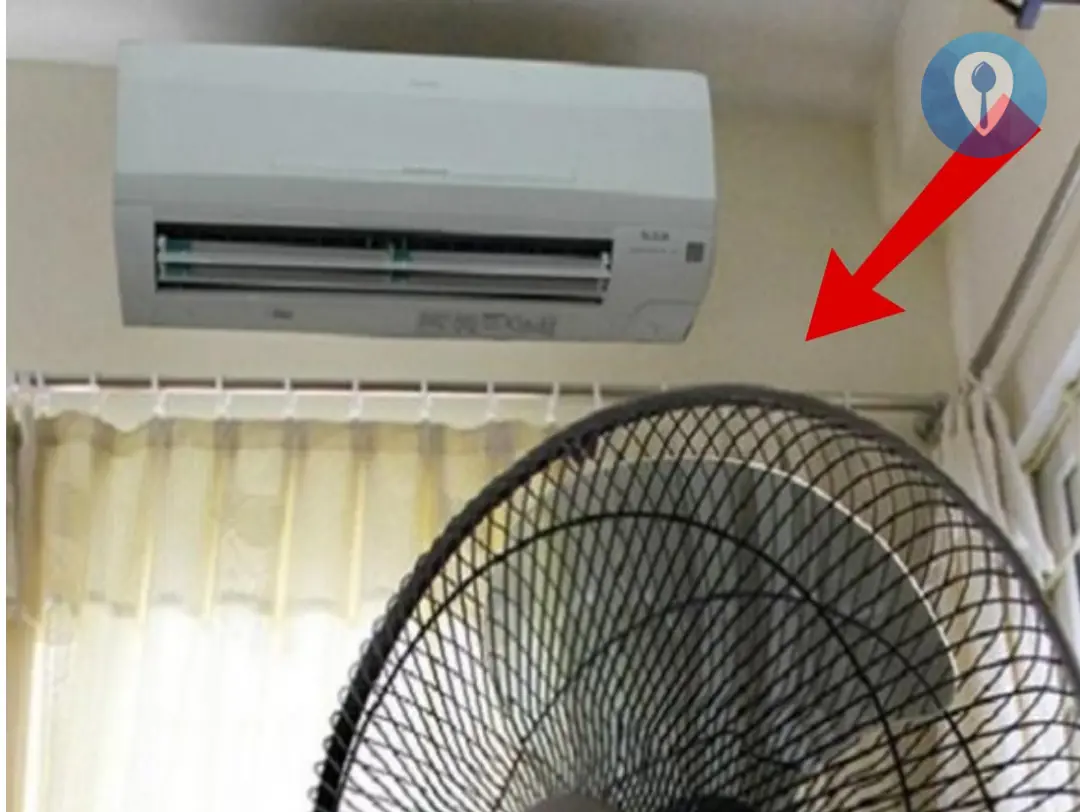
News in the same category

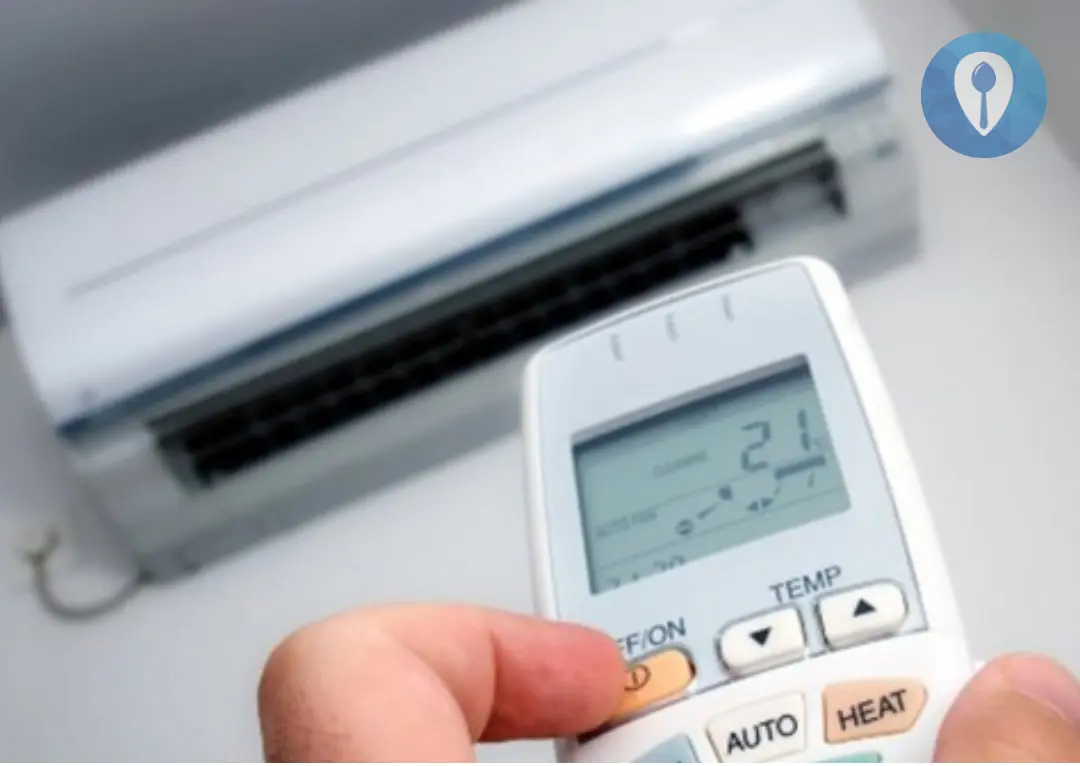
Why shouldn't you turn on the air conditioner for a while and then turn it off

Placing Ginger Beside Your Pillow Is as Powerful as Eating a Thousand-Year-Old Ginseng—Can’t Believe I’ve Wasted Half My Life Not Knowing This

Every Fridge Has a “Secret Number Code” – Adjust It Right and You Could Cut Your Electricity Bill in Half!

8 surprising benefits of silica gel packets

Tips for using air conditioners comfortably without worrying about electricity costs
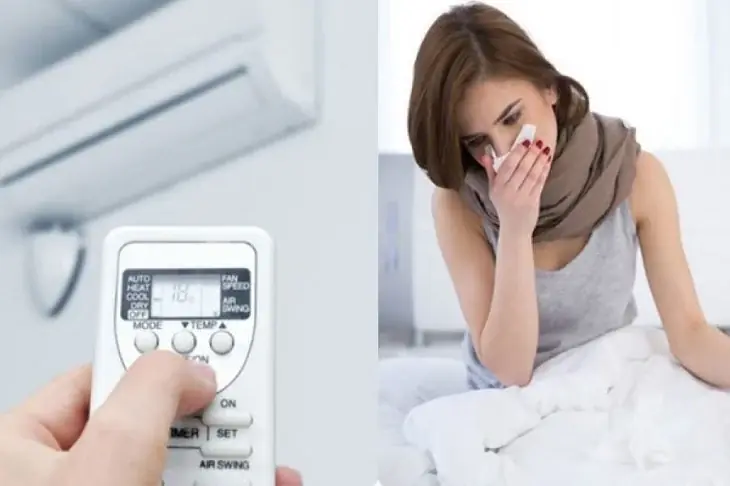
Keeping Doors Shut While Using the AC Is a Costly Mistake That Can Harm Your Health

With This Cream, My Grandmother Looks 35 at 55: The Best Collagen Mask from Parsley

Healthy way to deal with your emotions
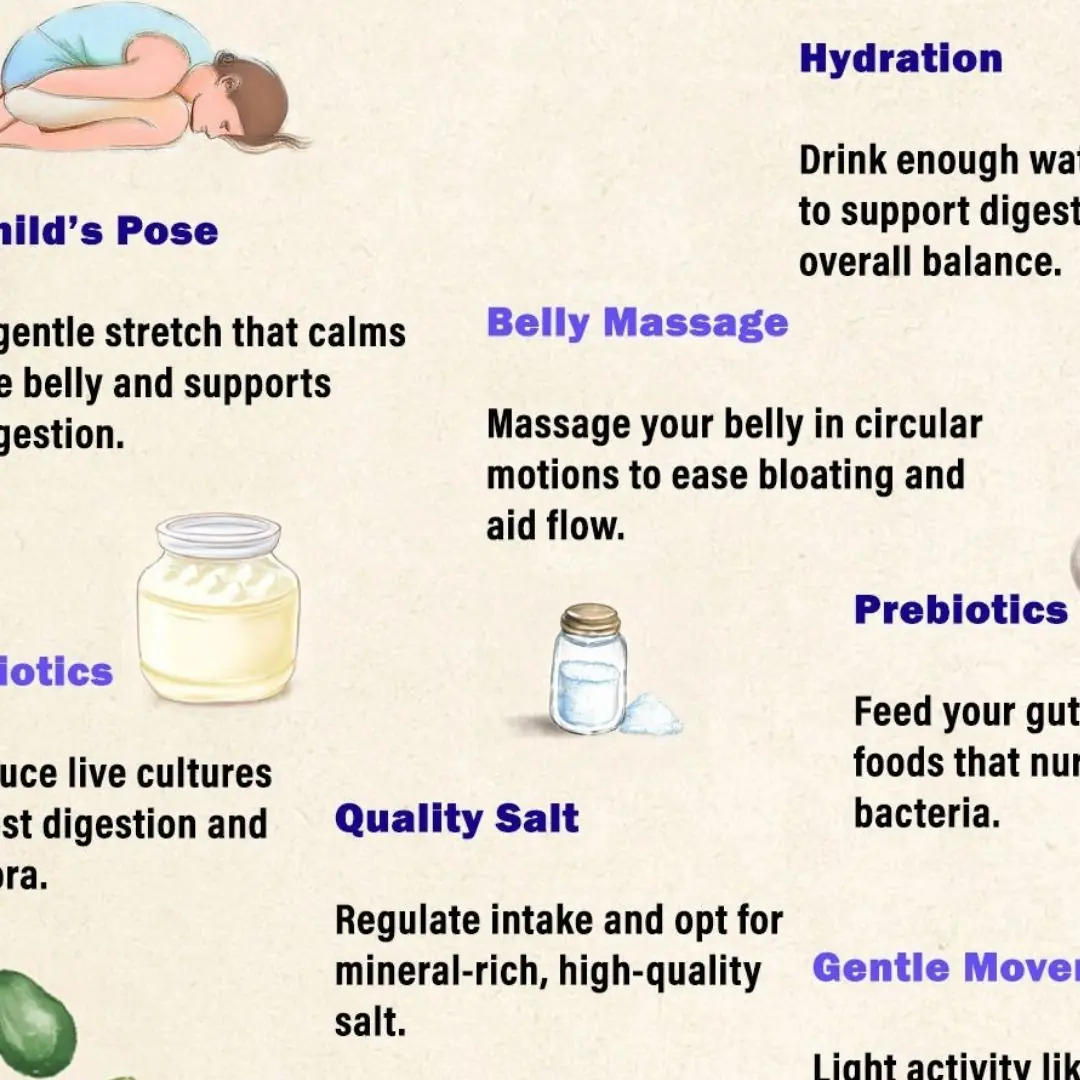
10 Best Ways to Reduce Bloating You Should Have Known Sooner

The 'extremely harmful' times when women should not wash their hair

Mistakes when using eye drops can cause more illness, even blindness

Rice Getting Attacked by Weevils at Home? Don’t Panic — Try These 4 Simple Tricks to Keep Pests Out
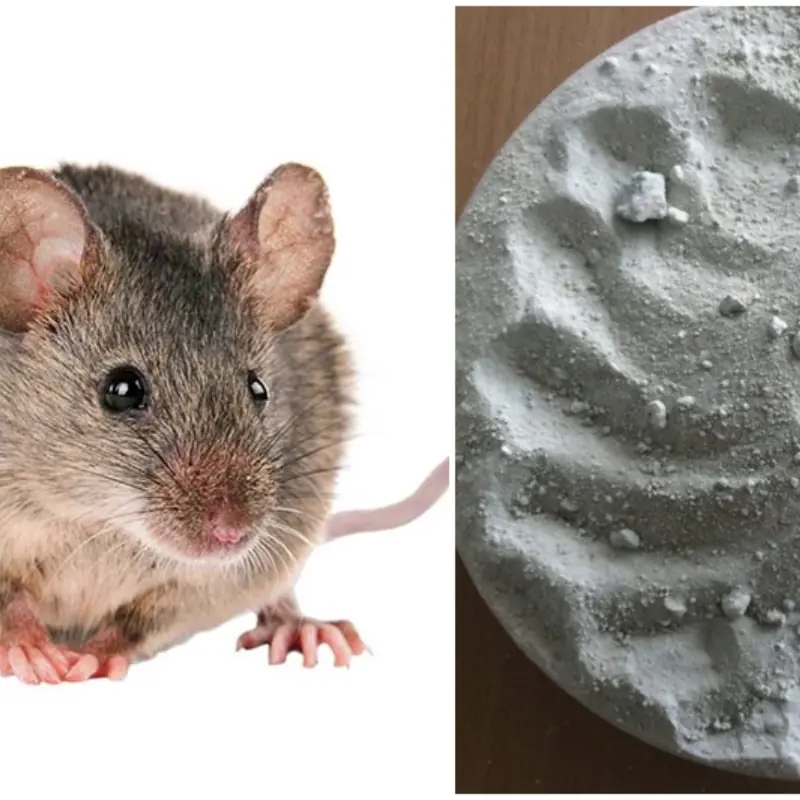
Here are 3 simple ways to keep mice out of your home
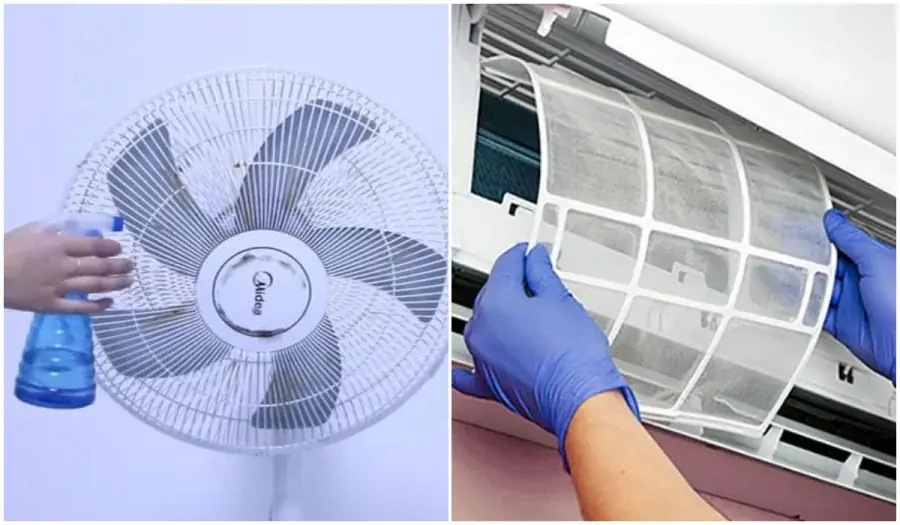
3 Ways to Clean Your Fan Without Removing the Cover or Using Water

O rejunte dos azulejos do banheiro está sujo: aqui estão 5 dicas eficazes de limpeza: basta esfregar delicadamente e ele ficará brilhando como novo.

Você usa seu telefone há muito tempo, mas provavelmente não conhece os 6 usos desse interruptor

Beauty care to try with natural ingredients

Clapping Your Hands Raw But Still Can’t Pick a Good Watermelon? Learn These 8 Foolproof Tips and Never Get It Wrong Again!
News Post

"All" good tips to chase flies, mosquitoes, ants, cockroaches out of the house using cheap ingredients such as

Why shouldn't you turn on the air conditioner for a while and then turn it off

Placing Ginger Beside Your Pillow Is as Powerful as Eating a Thousand-Year-Old Ginseng—Can’t Believe I’ve Wasted Half My Life Not Knowing This

Caught on Camera: My Daughter-in-Law Secretly Gave Money to Her Mother—My One Sentence Left Them Both Shocked

Every Fridge Has a “Secret Number Code” – Adjust It Right and You Could Cut Your Electricity Bill in Half!

What Are the Tiny Bumps on the Rice Paddle in a Rice Cooker For?

8 surprising benefits of silica gel packets

Benefits of placing ginger next to the pillow before sleeping

What COVID-19 variants are going around in April 2025?

Traveling and saw a strange animal, hint: not a pig

Tips for using air conditioners comfortably without worrying about electricity costs

Right at the market, there is a very common type of fish for sale, but it is extremely good for the brain and heart

15 Foods Good for Kidney Health

Keeping Doors Shut While Using the AC Is a Costly Mistake That Can Harm Your Health

Chicken Is Packed with Health Benefits — But Have You Ever Wondered Which Part Is the Healthiest?

Too Lazy? These 4 Types of Vegetables Must Be Blanched — Or Your Kid.neys and Li.ver May Suffer

Pope Francis has d.i.e.d on Easter Monday aged 88

5 times you should never take a bath to avoid a str.oke
